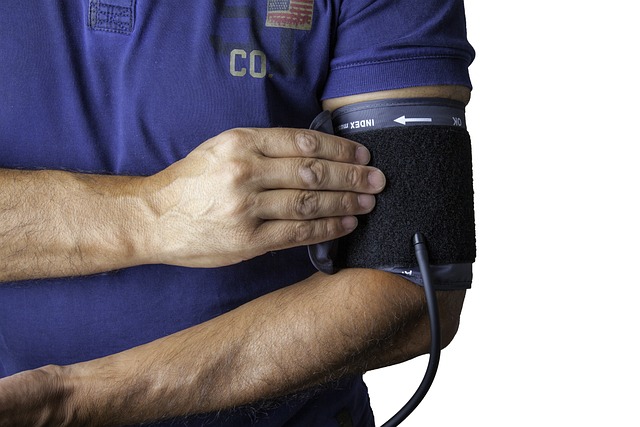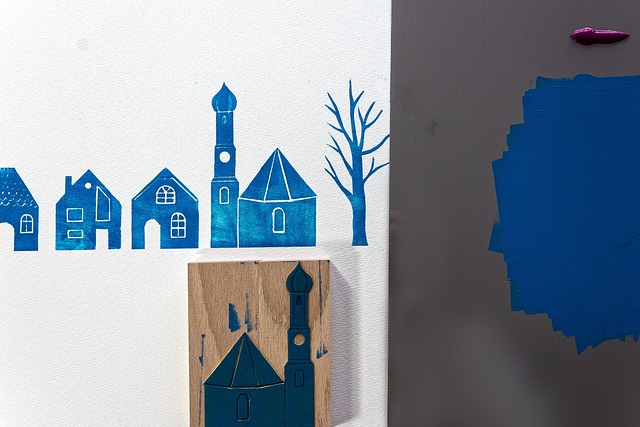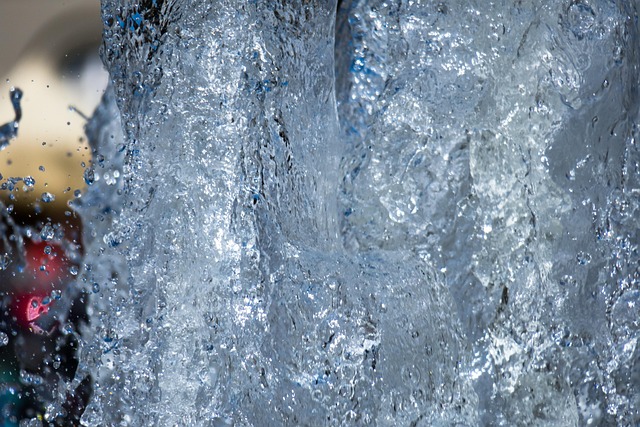Clogged pipes significantly drop water pressure, affecting daily tasks like showering and sink draining. Causes include mineral deposits, grease, or tree roots. Signs include weak streams, slow drains, and low-pressure hoses. Quick action is key with natural remedies for minor clogs and tools like plungers for more severe blockages. Professional hydro-jetting services tackle stubborn issues. Regular drain cleaning and inspections prevent future clogs, ensuring consistent water pressure through proper maintenance. Learn effective solutions to increase water pressure in your home.
Low water pressure can be a frustrating issue, often caused by clogged pipes. This article explores how blocked pipes significantly impact your home’s water flow and provides actionable solutions to restore optimal water pressure. Understanding the common culprits behind these clogs is key to preventing future problems. Learn effective strategies for unclogging pipes and discover simple steps to increase water pressure, ensuring a steady and powerful flow in every faucet.
- Understanding Water Pressure and Its Impact on Pipes
- Common Causes of Clogged Pipes and Low Water Pressure
- Effective Solutions to Unclog Pipes and Restore Water Pressure
Understanding Water Pressure and Its Impact on Pipes

Water pressure is a crucial aspect of your home’s plumbing system, ensuring a steady and adequate flow of water to all fixtures. It’s measured in pounds per square inch (psi) and determines how quickly and strongly water moves through pipes. While modern plumbing systems are designed to maintain optimal pressure, various factors can lead to reduced water pressure, with clogged pipes being one of the most common culprits.
When pipes become clogged, whether due to buildup of mineral deposits, grease, or debris, the water flow is restricted. This hindrance disrupts the natural balance, causing a decrease in water pressure throughout your home. Lowered pressure results in weaker water streams, making everyday tasks like showering, doing laundry, or even filling a sink more challenging. To combat this issue and learn how to increase water pressure, identifying and addressing clogs promptly is essential.
Common Causes of Clogged Pipes and Low Water Pressure

Clogged pipes are a common plumbing issue that can significantly impact your water pressure, leaving your faucets flowing at a trickle or causing showerheads to sputter. Several factors contribute to this problem. One of the primary causes is the accumulation of mineral deposits, such as calcium and magnesium, over time. These minerals tend to build up in pipes, especially in areas with hard water, leading to partial or complete blockages. Another frequent culprit is grease and other debris from cooking and washing activities, which can solidify inside pipes and restrict water flow. Tree roots are also notorious for infiltrating pipes and causing clogs, especially in older plumbing systems.
When pipes become clogged, water has difficulty passing through, resulting in reduced pressure at fixtures. This issue often manifests as weak shower streams, slow running sinks, or low-pressure garden hoses. To get your water pressure back to normal, identifying the specific cause is crucial. Regular maintenance, including cleaning and flushing of pipes, can help prevent clogs. Additionally, using drain catchers and filters can trap debris before it enters the pipes. If left unaddressed, however, these blockages may require professional plumbing services for effective removal and restoration of optimal water pressure, thereby enhancing your overall home experience.
Effective Solutions to Unclog Pipes and Restore Water Pressure

When dealing with clogged pipes, acting promptly is key to preventing water pressure loss. Start by identifying the blockage—whether it’s due to built-up grease, hair, or mineral deposits—and gathering the right tools. A combination of hot water, baking soda, and vinegar can often dislodge obstructions without harsh chemicals. Pouring boiling water down the drain regularly helps prevent future clogs. For more stubborn cases, using a plunger or a plumber’s snake can be effective. These methods involve applying pressure to force the clog out.
If DIY attempts fail, consider professional help for severe pipe cloggings. Plumbers employ advanced tools and techniques like hydro-jetting to clear obstructions safely and efficiently. Once unclogged, restoring water pressure is straightforward. Flushing the system with hot water and checking for leaks ensures a smooth flow. Regular maintenance, including cleaning drain traps and scheduling professional inspections, can prevent future clogs and keep your water pressure at its peak.
Clogged pipes can significantly reduce your water pressure, affecting daily tasks from taking a shower to doing laundry. Understanding the causes of low pressure, such as buildup from mineral deposits or debris, is crucial for effective prevention and repair. By implementing strategies like regular pipe cleaning, using water softeners, and installing air adds, you can keep pipes clear and restore optimal water pressure. Following these steps ensures your home’s plumbing system functions efficiently, enhancing both convenience and comfort. To increase water pressure, start addressing these issues today.
